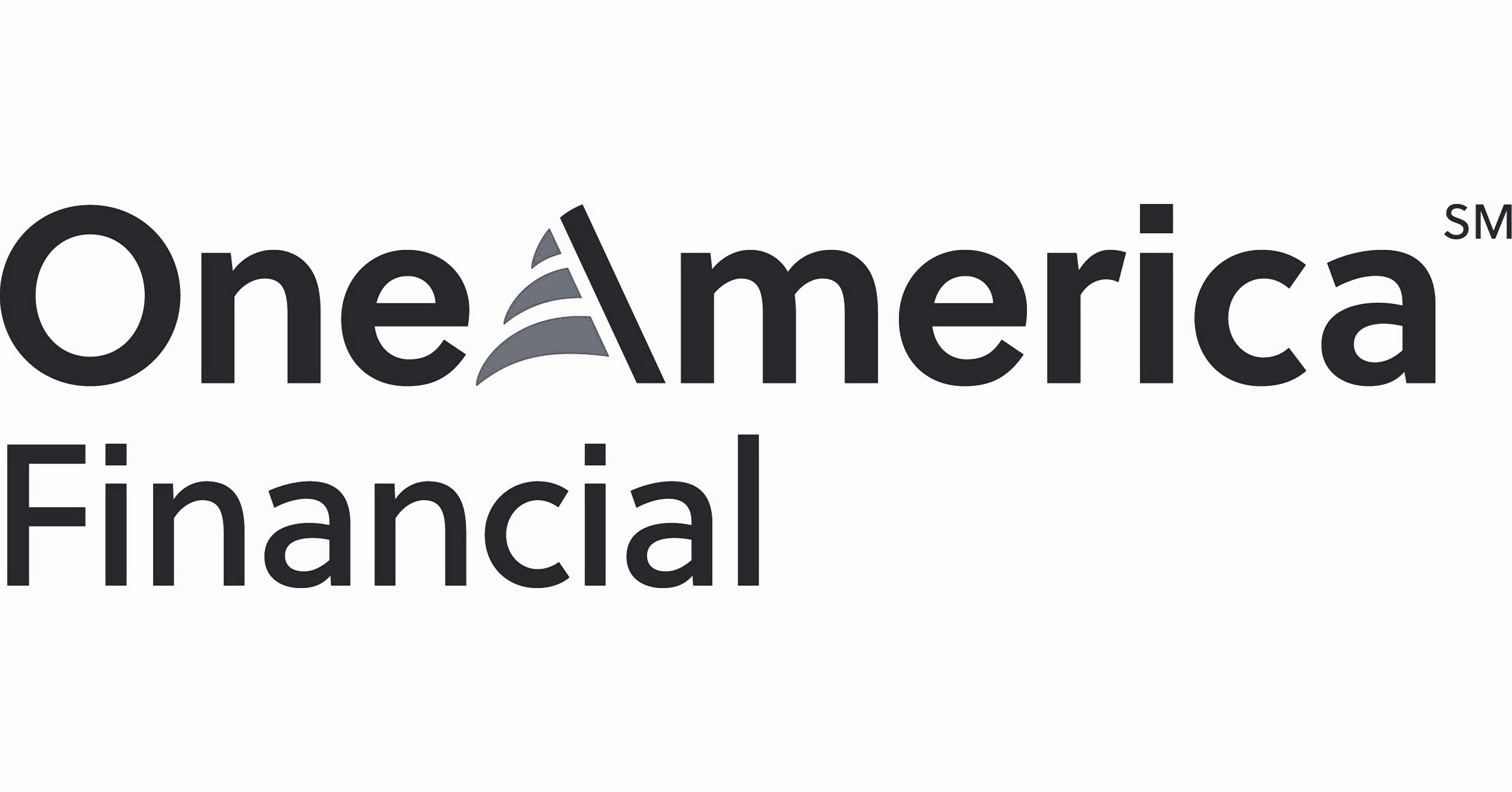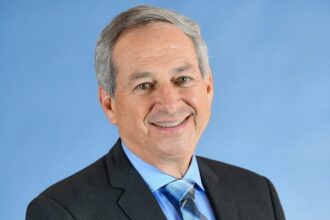

Astronaut Joe Hernandez: The International Language of Math Served As Path To The Final Frontier
When Astronaut Jose M. Hernandez floated through the tunnel connecting the Space Shuttle Discovery to the then-under-construction International Space Station, he spoke to the commander—a cosmonaut—in Russian. Hernandez knew the language because while previously working at Lawrence Livermore Laboratory, he was part of a team assisting the Russian Federation protect its nuclear stockpiles, and he had visited the country and had learned Russian as part of that job.
“I greeted him in Russian, and he was very appreciative that…someone on the U.S. side has taken the time to learn the Russian language,” Hernandez recalled.
Yet on that mission (STS 128)—one of last to finish the space station’s construction—there was another language that Hernandez knew and that’s what launched him on a lifelong career in science: It was the international language of math.
Hernandez, now a consultant in the aerospace arena for satellite telcommunications, imagery and launch services, will be one of the speakers at the 2021 Early Childhood Education STEM Institute, April 12-14, which Region 9 Head Start Association offers virtual and on-demand. His educational journey should inspire any teacher to value the gift which math offers in the classroom for opening doors and for bilingual students.
Part of a migrant farmworker family who moved north from Mexico in the growing season to pick crops, the young Hernandez didn’t learn English until age 12, attending three school districts a year.
“We spent two months in Southern California, two months in Central California and then two months up here in Northern California,” he explained. “And then we would go back to Mexico for three months and that process would repeat itself.”
In such an extreme learning environment which Hernandez said offered no stability, he found safety in math. It was a refuge: “Because two plus three was five in any language, and so I naturally gravitated toward STEM fields because of the language barrier issue…I felt I was good at it since I was able to understand it.”
As a result, by seventh grade, Hernandez was placed in a ninth-grade algebra class.
“I was in the same class as my older sister who was in the ninth grade and my older brother who was in the eighth grade,” he said. “And I would always get the top score in the whole class.”
By eighth grade, there were no more math classes available at the next level, so the instructor, received permission to teach a few students calculus. Then, the next year, at Franklin Senior High School in Stockton, the same teacher, David Ellis, taught Hernandez trigonometry and then linear algebra.
After high school, Hernandez attended University of the Pacific in Stockton, taking advantage of a Community Involvement Program scholarship and entering the School of Engineering’s five-year co-operative program. That program placed him for two co-op stints at Lawrence Livermore Laboratories, a place that after graduation from UOP with a degree in electrical engineering would be his workplace for 15 years.
There, he helped develop x-ray laser technology for President Reagan’s Strategic Defense Initiative Program. When that program was shut down because the Soviet Union broke up, he carried out research activities as a principal investigator in the areas of x-ray physics and image processing. He became the co-developer of a full-field (3D) mammography imaging system for early detection of breast cancer.
His last five years at Lawrence Livermore, were spent “completely opposite of the Star Wars project—now we were working with the Russians. We helped them take control of their nuclear stockpile—not just the weapons but the nuclear materials.”
Working in the nuclear non-proliferation arena, Hernandez, traveled for five years, spending, six to seven weeks at a time, six or seven times a year, in Russia, in places like Siberia.
However, since he was 10 years old and had watched Gene Cernan take man’s last steps on the moon during the Apollo 17 mission, Hernandez wanted to be an astronaut. The idea was cemented when he heard that mechanical engineer Franklin Chang Diaz had been selected as the first Hispanic astronaut.
“I was a senior in high school and that just reinforced my belief that I could do it, since he was someone who looked like me, talked like me and came from the same social economic background as I did. I figured OK, there’s no excuse. It could be done and so, it just empowered me to believe in it more.”
Along the way choices he made—going to UOP, the electrical engineering major, working for Lawrence Livermore Labs, joining group that worked with Russians—were made focused on pragmatics and becoming an astronaut.
Over the years, Hernandez applied to NASA a dozen times before he was finally selected in 2004 to join the 19th class of astronauts. A chief factor he figures in his selection was his working on nonproliferation with the Russians—and learning another language: Russian.
He recalls, “I didn’t take the job with Russia because I wanted to get to know Siberia in the middle of winter…but I had read that the U.S. and the newly-formed Russian Federation had signed an agreement to build the International Space Station. So it didn’t take a rocket scientist to figure out—even though I am one—that we were going to be working with the Russians in the near future.”
So aboard the Discovery Space Shuttle after that 14-day mission in 2009, Hernandez landed at Edwards Air Force Base in Southern California—located some 80 miles from the fields whereas a child he picked strawberries with his family.
“I call it poetic justice,” he said.
For early child educators working with bilingual students, the story of Hernandez’s educational journey illustrates an important lesson: “Take advantage of the fact that math is the universal language, and so it should be easier…to teach kids who speak English as a second language,” he said. “It should be easier for them to be able to teach math, because math is universal.”
For young students naturally inclined toward math, when they get older, math becomes a portal—a doorway to science, technology and engineering, and maybe even outer space.
“They naturally gravitate toward the STEM field because of that great (earlier) experience they had,” Hernandez said.
Of course, another ECE teaching moment emerges from the amazing pathway that math opened to Hernandez.
“Always look at each kid as a diamond in the rough who with help, they will become diamonds.” —By H.A. Silliman











I have been to management workshops, not leadership training. This has totally changed my perspective and encouraged me to propel forward in developing my skills.
I am honored and humbled to be a recipient of the Region 9 Head Start Association’s Legacy Scholarship. The scholarship helped me get one step closer to achieving my goal of becoming a Head Start Director.
I took part in The disproportionate impact of COVID 19, and how to provide “real” support for black/brown children and families and I just want to say this was an amazing webinar. I hope we can look forward to further conversation on this topic.
Thank you so much for making events like this! I really enjoyed and learned so much teaching strategies to implement STEM in the classroom.
The HR Network was an excellent opportunity to network and learn the best practices from other HR professionals within Head Start programs. You will be amazed by the level of talent and experience of the participants.
The Summer Camp training was powerful and inspiring! Each presenter was very engaging, it’s hard to even pick a favorite session!
The Leadership Challenge training was very relevant to my work as a Head Start leader! Great facilitation; stayed with the program yet allowed time for individual and small group reflections.
Regular price $12.00

Regular price $39.00




Questions? Contact us at headstartr9@region9hsa.org.